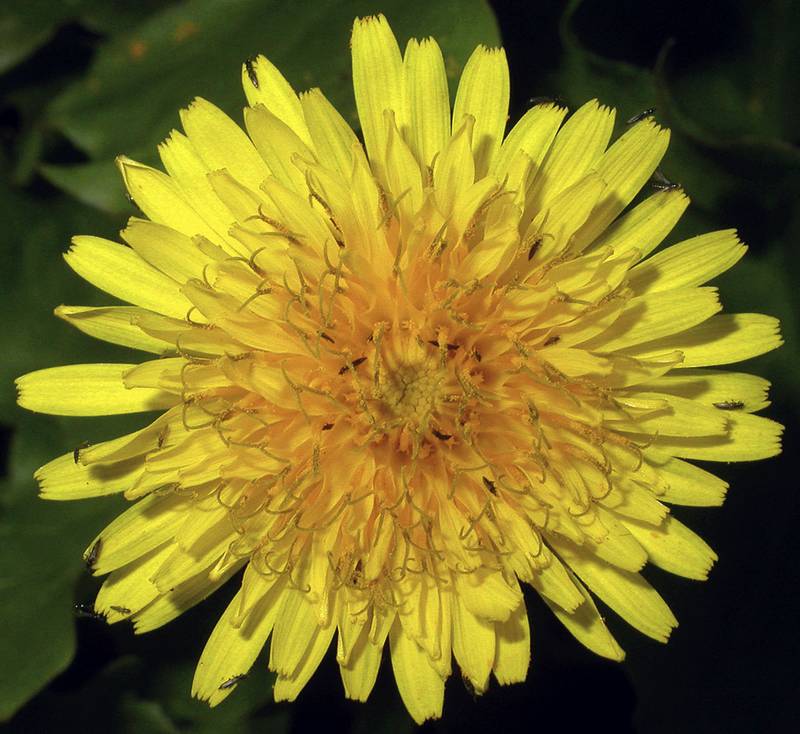Hosted by the University of Washington Herbarium, Burke Museum
Publication: Prim. Fl. Holsat. 56. 1780.
Origin: Introduced from Europe
Herbarium search: CPNWH
Notes: FNA19: " Taraxacum officinale is the most widespread dandelion in temperate North America, though its abundance decreases in the arid south. It is a familiar weed of lawns and roadsides. It is also the species most commonly used for medicinal and culinary purposes (e.g., E. Small and P. M. Catling 1999). Phenotypic and genotypic variation of this species have been studied in North America (L. M. King 1993; King and B. A. Schaal 1990; J. C. Lyman and N. C. Ellstrand 1998; O. T. Solbrig 1971; R. J. Taylor 1987), but results of those studies did not lead to the recognition of microspecies. Specimens of Taraxacum officinale with deeply lobed leaves are sometimes difficult to distinguish from those of T. erythrospermum when fruits are missing (see also R. J. Taylor 1987). Usually, however, early leaves of the former are much less deeply lobed than those of the latter, which are more consistently lacerate throughout development, though broadly winged initially. The two taxa are easily distinguished in fruit, the red cypselae of T. erythrospermum standing out from the dull olive ones of T. officinale. In northeastern North America, Taraxacum officinale and T. lapponicum often are confused, which has led to reports of the common dandelion farther north than I have been able to verify (it has yet to be collected from the Nunavik region of Quebec, for instance). The characters in the key above help separate the two taxa. The typification by A. J. Richards (1985) would leave the common dandelion of both Europe and North America without a valid name (J. Kirschner and J. Štepánek 1987). For the time being, with the nomenclatural situation still not resolved, I am following traditional usage of the name Taraxacum officinale.
Last updated 11/25/2020 by David Giblin.

